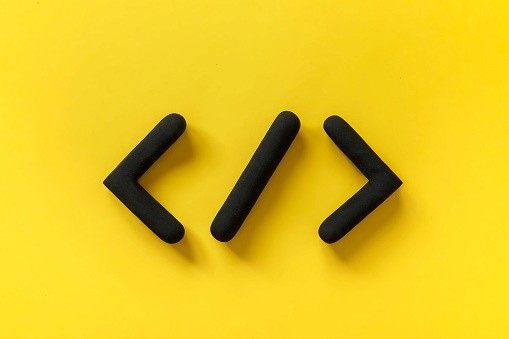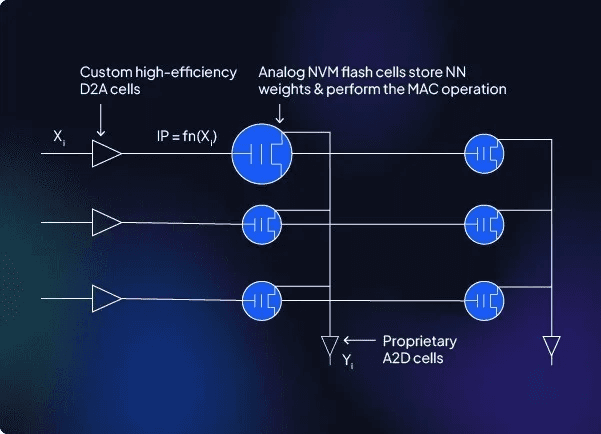Programming
Coding Through Mathematical Differential Equations
Math coding
Jul 20, 2022
Unlock the Power of Coding Through Mathematical Differential Equations
The world of programming is often perceived as a daunting realm of complex algorithms and abstract concepts, intimidating aspiring coders and keeping them at bay. However, there exists a surprising connection between mathematics, particularly differential equations, and the fundamentals of coding that can transform the learning process into an engaging and enlightening experience.
Differential equations, the mathematical language of change, govern the behavior of various real-world phenomena, from the motion of celestial bodies to the spread of infectious diseases. By understanding the principles of differential equations, programmers can grasp the core concepts of iteration, algorithms, and data manipulation, laying a solid foundation for their coding journey.
Demystifying Algorithms with Differential Equations
The essence of programming lies in the creation of algorithms, step-by-step instructions that guide the computer to perform specific tasks. Differential equations, with their emphasis on sequential change, provide a natural framework for understanding algorithms.
Consider the simple differential equation representing the growth of a population:
dP/dt = k * P
This equation states that the rate of change of the population (dP/dt) is proportional to the current population (P) multiplied by a constant of proportionality (k). This mathematical relationship mirrors the logic of an algorithm, where each step leads to a subsequent change in the program's state.
Unraveling Data Manipulation with Differential Equations
Data manipulation is a cornerstone of programming, involving the transformation, analysis, and processing of information. Differential equations, with their ability to represent and analyse change over time, can provide valuable insights into data handling techniques.
For instance, consider the task of analysing the stock market's performance over time. A differential equation can be used to model the price of a stock, allowing programmers to track its movements, identify trends, and make informed predictions.
Exploring the Applications of Mathematical Differential Equations
The applications of mathematical differential equations extend far beyond the realm of coding, encompassing a wide range of fields, including:
Physics: Explaining the motion of objects, from falling bodies to satellites orbiting planets.
Engineering: Designing structures that withstand forces and optimize the flow of fluids.
Finance: Analysing market trends, pricing financial instruments, and managing risk.
By understanding the mathematical principles of differential equations, coders can gain a deeper appreciation for the underlying mechanisms of these real-world applications, enhancing their ability to develop solutions for complex problems.
Conclusion: Unlocking the Power of Coding through Mathematics
The connection between mathematical differential equations and the fundamentals of coding offers a refreshing and enlightening approach to learning programming. By grasping the concepts of change, iteration, and data manipulation through differential equations, coders can develop a deeper understanding of the programming process and its applications. As they progress, they will discover that mathematical reasoning empowers them to tackle increasingly sophisticated coding challenges, transforming them into confident and creative problem solvers.
For our Services, feel free to reach out to us via meeting…
Please share our content for further education


